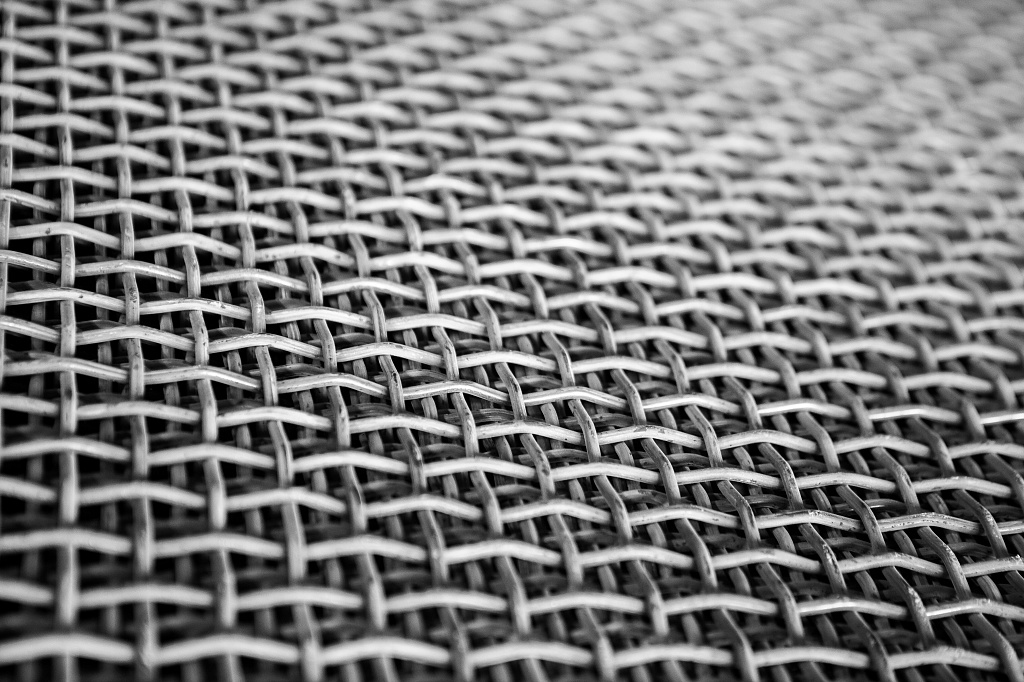The technological process of separating bulk materials into classes, depending on the size of their constituent particles (pieces), is called screening. On special equipment - screens - the mechanical separation of the material is carried out using a sieve, through the holes of which pass all the smaller pieces, and larger ones remain on top. Sifting of pieces, the largest size of which corresponds to the dimensions of the screen cell, is provided by oscillations of the screen and action of gravity on the particles of the initial material.
Sequential screening on sieves with different hole sizes makes it possible to separate several classes (fractions) of the starting bulk product.
Where is the process of separation of materials demanded?
Without the screening process it is impossible to imagine the work of coal and ore-processing plants. Mechanical sorting is important in the technological chain of briquettes factories and sorting enterprises. It is used in the construction industry (for example, grading of road materials), chemical and abrasive industry. The screening is also required for sieve analysis - to divide the material into fractions and then determine their percentage (by weight) content.
Types of screening
Other methods of separating bulk materials - hydraulic and air separation - allow the classification of grains with sizes less than 2 mm. The universal way - screening - makes it possible to allocate the required classes of size to 300 mm.
By appointment, these types of screening are distinguished:
- Independent. As a result of the process, the material is divided into products of the required sizes, which are the final goods for sending to the customer or the consumer;
- Preparatory. After separation into classes, each of them undergoes a certain kind of further processing;
- Auxiliary. It is used in grinding processes to separate small masses from the total mass of material, which should not be shredded;
- For the purpose of dehydration. With this screening desiccate the raw materials for subsequent enrichment or dehydrate already enriched products.
- Kinds of screening by the way of selection of classes of source material:
- Dry - as the processing medium, air is used (specifically fed into the working area of the equipment), or there is no processing medium;
- Wet (hydro-grooming) - the processing medium is water;
- Combined - a combination of the first two types in a certain sequence.
Classification of screen sieves
The screen is the main working detail of an industrial screen, which is a screening surface. One installation may have several sieves. From the right choice (design, size, shape of the holes, the ratio of width and length) depends on the efficiency and productivity of the screening and also the service life of the screens themselves.
Classify the sieve can be based on several features.
According to the material of manufacture:
- Rigid metal screens with a large working area have a high screening capacity;
- Rubber and polyurethane products have a small area. When sorting with simultaneous washing of the material, the holes are not clogged with dirt, making the process more efficient. Such screens are the most durable;
- Stainless steel makes the product several times more expensive. Effective when working in aggressive environments.
By the method of fastening:
- Without fastening. The rectangular grid used is mounted and stretched using wooden beams and wedges;
- Fastening with hooks-folds, located on opposite sides of the screen. The product keeps the folds of the screen with the folds. One of the slats is movable - it is used to stretch the grid.
By type of construction:
- The grate is the first step for screening out the largest stones, capable of damaging the conveyor belt of the receiving hopper or the grid with a smaller cell during the fall;
- Perforated sieves from sheets of high-carbon steel are used for the screening of large rock. They serve several times longer than braided products;
- Braided sieves are made from interwoven pieces of corrugated wire. Sieves of this species are the most common. They allow a wide variation in the thickness of the wire used and the size of a square or rectangular cell;
- String screens for sand sorting are fixed longitudinal strings between the folds;
- Harp sieves are effective in sorting wet and clay rocks. When they are produced, folded pieces of wire are fixed between the folds, which do not intertwine with each other.
Buy high-quality supplies and equipment is only for proven suppliers.
 Русский
Русский English
English




